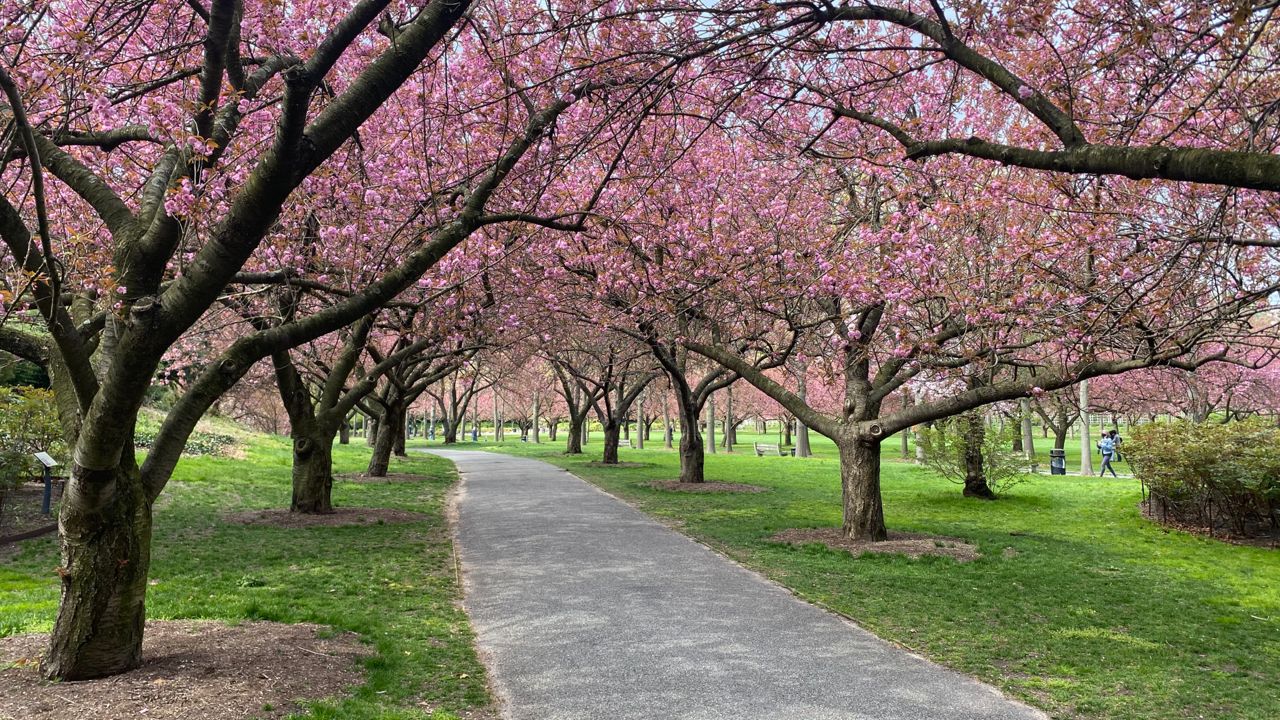Trees are not only beautiful, they also provide shade and create homes for our animal friends. They may also help combat climate change.
What You Need To Know
- The urban heat island effect often creates a warmer city center than the suburbs
- Planting trees can help clean the air, provide shade and lower emissions
- More trees may play a part in combating climate change
As city planners continue to look for ways to beautify cities, many are overseeing new park developments that will in part help lower the temperatures of urban areas.
Trees provide an array of benefits to us everyday.
They help clean the air, stop soil erosion, create new shade and even help block harsh winter winds. They play a part in cleaning the area around them by removing carbon dioxide from the air, storing carbon within the bark and soil, and releasing oxygen into the atmosphere.
There's a reason why so many of us, and our four-legged friends, love time out at the park.
In many downtown areas, the closeness of the buildings, sidewalks and especially concrete can not only be an eyesore, but create a micro-environment where the temperature in a city-center may exceed a suburban area by 8 to 10 degrees.
We call this the heat island effect.
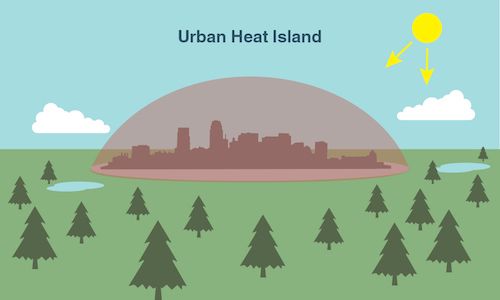
Think about the repercussions of this: hotter temperatures means running the A/C more, creating more pollution and of course, costing us more as we use more energy to cool our homes and businesses.
Take a look at the temperature profile of a typical urban city center versus the areas around it.
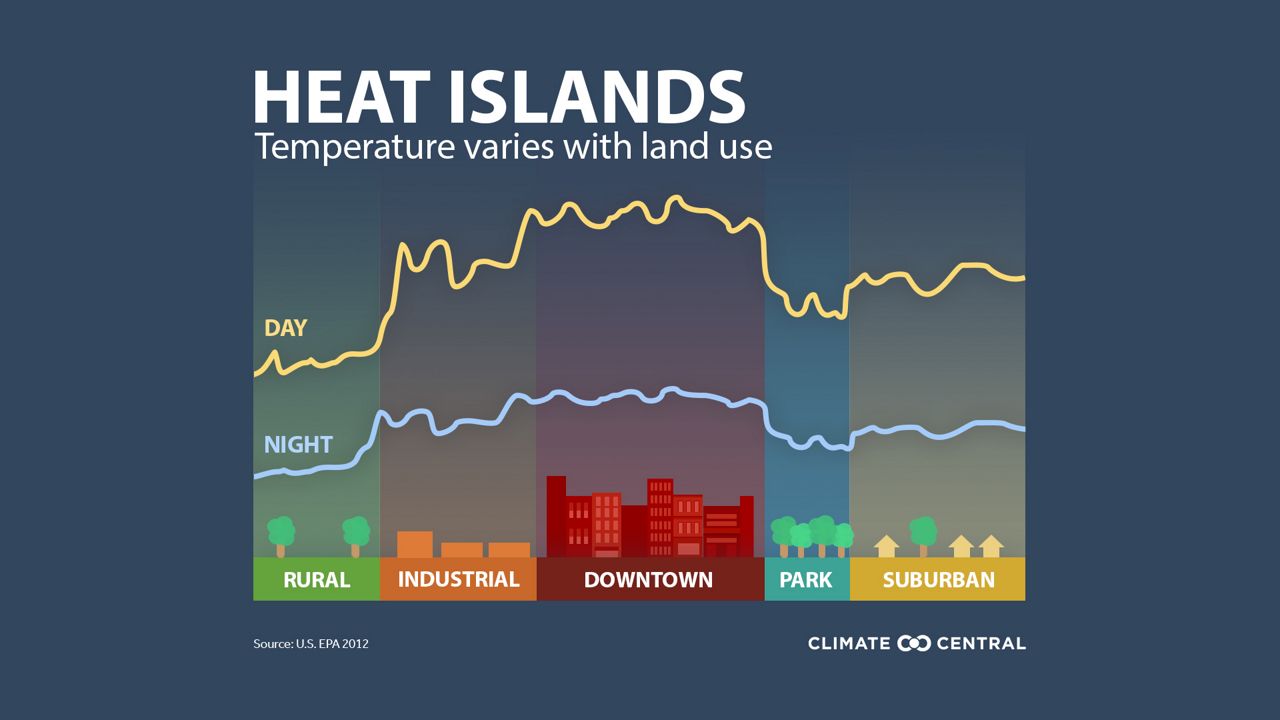
This has an effect on water quality, as the warmer temperatures create warmer waters in the interior of a city, which can flow into nearby streams and waterways. This puts enormous stress on local ecosystems.
Of course, climate change isn't just localized in city centers. But as the earth's climate continues to go through major changes, including but not limited to a rise in temperatures, cities feel the effects in many cases, more than outlying areas.
A large metropolitan area that experiences a rise in temperatures over the suburbs is going to see a change in cloud development, fog, and precipitation as well, which can have impacts on crops, vegetation and livestock up wind.
There are an abundance of studies on just how much urban heat island contributes to the mean global temperatures, but all agree that the city centers themselves often experience dramatic and sometimes detrimental effects.
That all said, it's easy to see how planting more trees in urban settings can help curb the negative effects of heat islands.
In recent years, more city planners are taking the necessary steps to turn unused surface lots into micro-parks and forests.
The added benefits not only include beautifying the area, but can also help shade and cool buildings, and most importantly improve air quality.
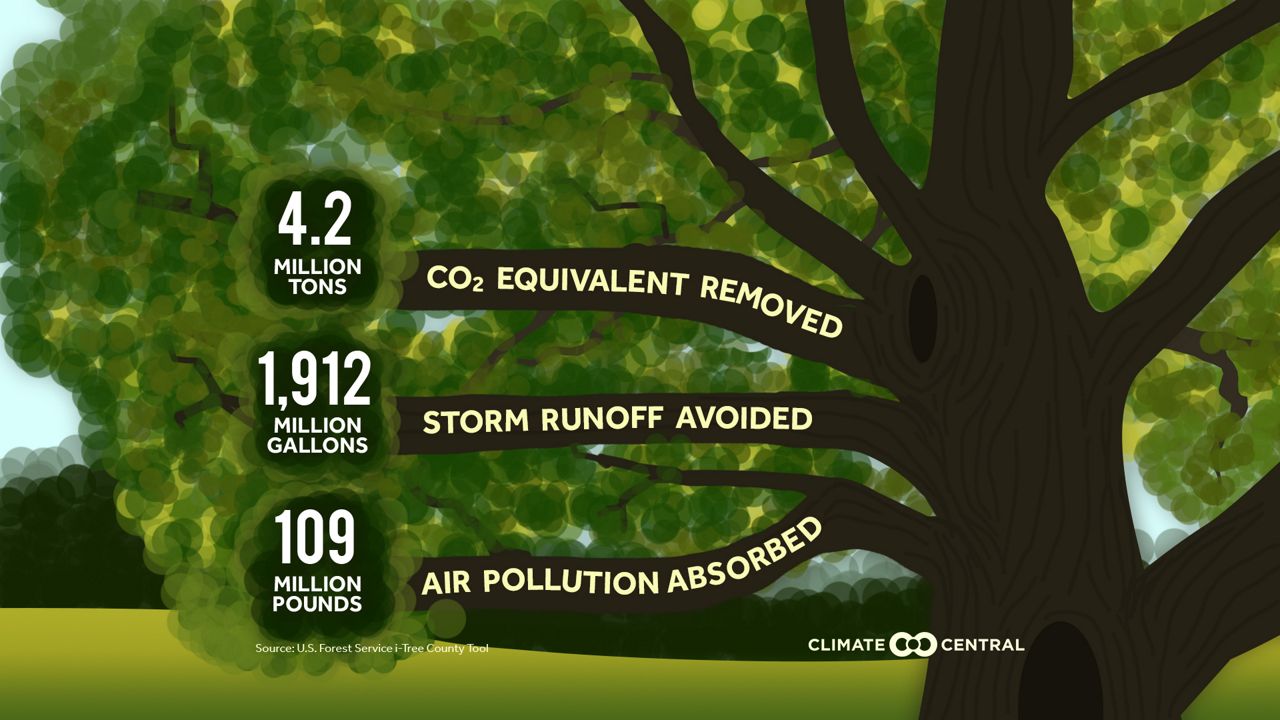
Air quality is not only going to be improved by the trees removing carbon dioxide from the air, but in reducing the temperature, less energy is wasted on air conditioning and cooling.
Other added benefits that are also going to help urban centers include improved storm water management, lower maintenance costs on pavements, and even reduced noise reduction!
While the cost to turn unused concrete areas into urban oases can vary from region to region, the benefits will always outweigh the initial investment.
Even in a politically divided country right now, large tree-planting projects hold high bipartisan support, according to a spring 2020 poll by the Pew Research Center.
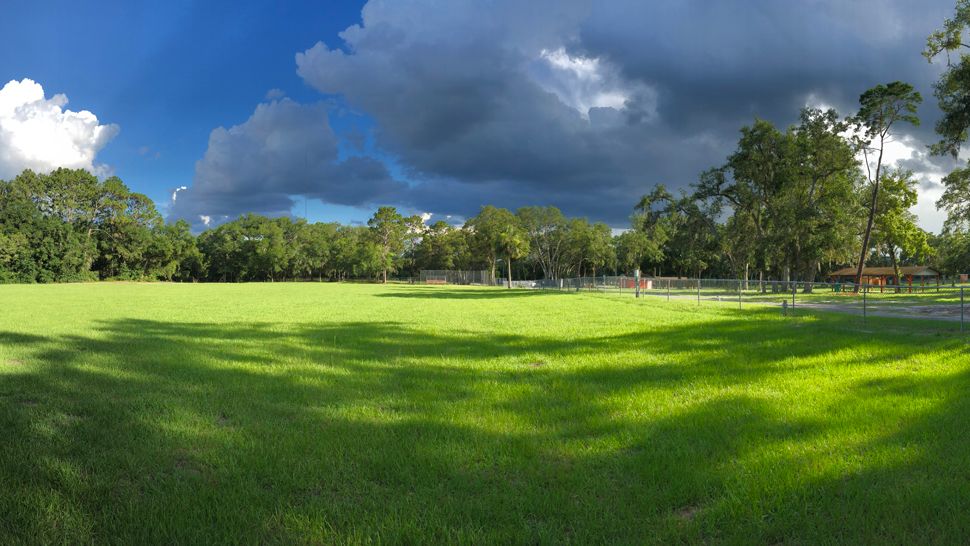
While the cost and scope of projects may change, planting trees isn't especially hard, and the public support of new parks and beautification projects that have these added benefits usually are widely praised and implemented. By some estimates, there are as many as 3 trillion trees worldwide.
With help from human-caused CO2 emissions and fossil fuels, climatologists have estimated that the average worldwide temperature has increased nearly 1.8 degrees in the last 200 years.
Reducing emissions alone won't eradicate the problem. While scientists are actively working on renewable energy and new clean energy technologies, trees act as a natural "atmospheric cleanser", absorbing an abundance of emissions and industrial air pollutants.
Trees are a symbol of life, of hope and of transformation, and with the right amount of planning and support, that symbol may one day soon lead to real positive results, as we continue to monitor our changing climate.





